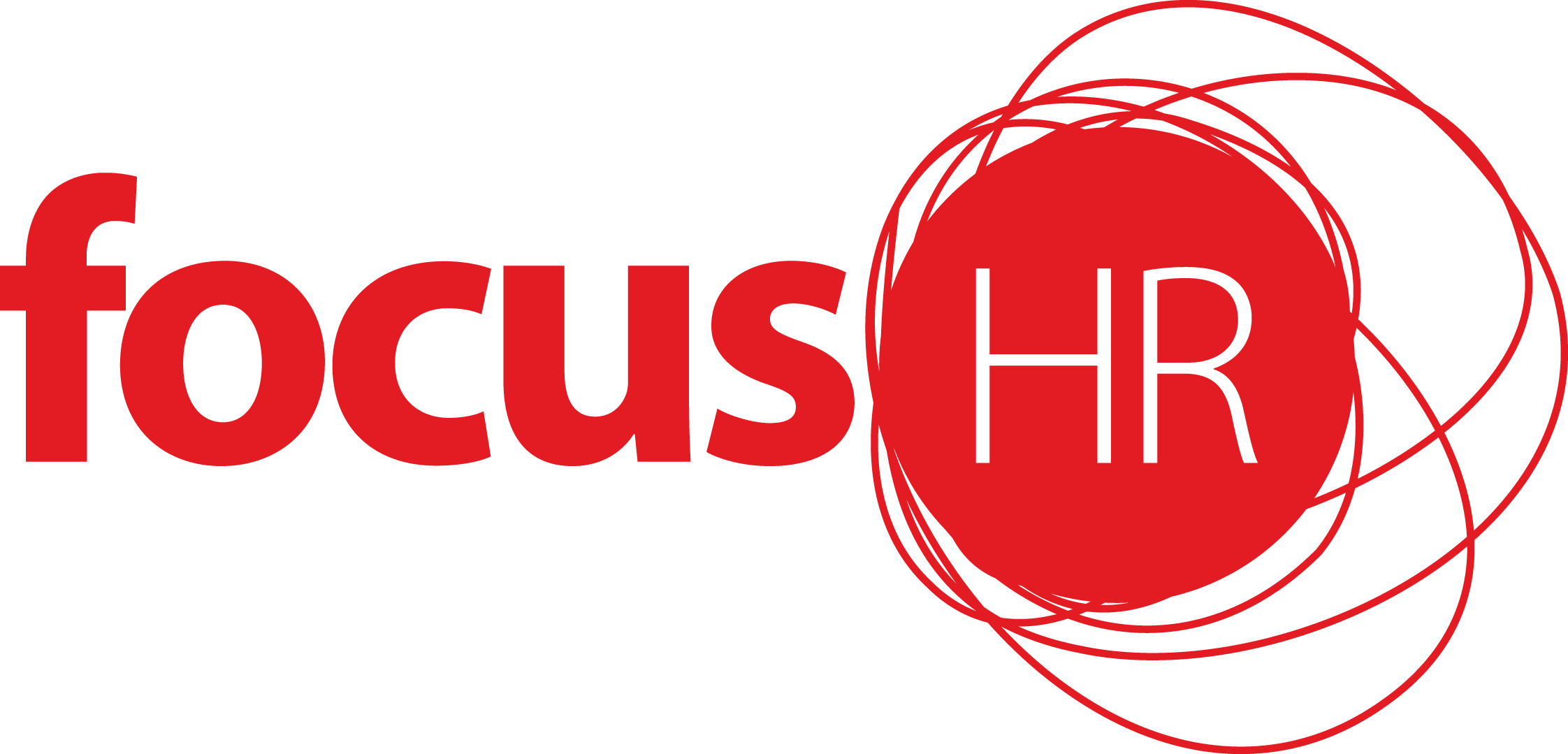If you look at the unemployment rate trend line published by the ABS, you’ll see a steady hover between 5 and 5.5% from September 2018 to March 2020; then a spike to 7.5% by June 2020 (we all know what happened there); followed by a rapid plummet to the mid 3’s for the last two quarters. At the same time, job advertisements are up 11.6% in the last 12 months. What does this mean? There are less people available to do an increasing number of jobs. And that means greater competition for top talent.
Working in the people and leadership space for over 20 years means I’ve learnt by trial and error (more than I care to admit) what works in understanding how to engage employees through recruitment, induction and beyond.
So, what works?
1. Connect deeply on purpose and values
“The more you have to play for, the better you play” (Gilbert Enoka, mental skills coach to the All Blacks).
In business, this means that tapping into the bigger purpose and connecting with people’s personal meaning is so powerful.
Attracting and retaining top talent starts with exploring the connection between your company and the candidate’s purpose and values. And naturally, for business owners, the values of the company reflect their own.
When we focus more on the people, on the connections between people, and the capacity of the people to meld into a cohesive team, it is then that our commitment to and respect for each other provides the compass and drives the choices we make.
It is about making the relationship outweigh the paperwork.
And this starts when we recruit and induct our people. I love the way Atlassian expresses their values. As a job seeker, when you read these, you are left with little doubt about the kind of company you are joining and whether or not it is a fit for you.
2. Don’t be afraid to promote the ‘why’
In today’s labour and skill-short market terms like ‘attraction’ and ‘retention’ are all the rage.
Businesses are looking at what programs, incentives and benefits they can use for their EVP (‘Employee Value Proposition’) so that they keep their good people and are attractive to potential new hires.
Make sure you have a solid EVP in place and then promote this just like you would a marketing campaign. You don’t have to be a huge business to build a great EVP. There is no correct recipe, or one-size-fits-all solution in this space. It is what works for you, what you can be unique in offering, and what your people value (if you don’t know what that is, ask them!)
Video is a really effective means to communicate this and people love seeing real people. To see some examples of this, take a look at our EVP video used in a recent (highly successful) recruitment campaign here. I also love this down-to-earth culture piece by Joe Wagner Group.
3. Make sure your attraction campaign mirrors reality (maybe with a little soft lighting to help things along)
Promoting your EVP is wonderful. But if there is a disconnect between the amazing experience that is promised while you are courting your next employee and what they actually experience on day one, cracks will appear early.
When we talk with people about how they feel about their employer, we often hear ‘it all started back when…’ followed by either a positive or a negative experience from their early days with the company. And that experience leaves a lasting impression.
So alongside figuring out how to ‘woo’ new people, it is critical for businesses to plan how to continue the relationship on the right note when they come on board. We get to orchestrate whether the lasting impression is a positive or a negative one (or just ‘meh’).
This happens through your induction and onboarding program.
Onboarding is the process that helps new employees shift from being outsiders to insiders with a sense of belonging to a business. It is the process of integrating a new employee with a company and its culture, as well as giving them access to the tools, training, people, and information needed to become a productive member of the team.
This isn’t just a ‘nice to have’, it is a ‘must have’.
Research shows that new employees who are given the right information and quickly made to feel welcome and part of the team are: a) more likely to stay; and b) become productive earlier in their new workplace.
If the statistics don’t convince you, think about it on a really practical level – if you take the time at the beginning to tell a person what you need from them, what they can expect from you and give them the training to do a good job; how much more quickly do you think they will start to return the benefits to you in the form of productivity?
We love using Trello for our induction board and are happy to share our example board – please reach out to naomi@focushr.com.au if you would like a copy.
4. Be prepared to break bread with your people
My final (and potentially most controversial) belief when it comes to engaging with and retaining great people is that we should get to work with people that we would enjoy having dinner with. We spend more of our day with the people we work with than anyone else – why shouldn’t we be able to have positive, empowering, engaged relationship where we can enjoy achieving awesome things together?
The other important piece in this is that if I would enjoy having dinner with you, it also means that I trust you enough to allow you into that circle of people that I form a deeper connection with. And trust in any relationship, including work relationships, is vitally important.
We often ignore this in the working world, or talk about it at a superficial level; but if we have genuine trust, vulnerability based trust as Patrick Lencioni talks about, then our workplaces would be much better places.
At Focus HR, one of the things we do really early in our onboarding program is invite the new team member and their life partner or significant other, to come to dinner with the Directors and their life partners and we break bread together. This is such a powerful thing to do, and it works on a number of levels.
Firstly, it helps to build a connection with that individual. It gives them an opportunity in those first couple of weeks, where everything seems foreign and they’re feeling a little bit out of place, to form a deeper connection.
It also gives them an opportunity to let their life partner in on that experience. We might spend most of our waking hours at work, but we are influenced most by the people who are at home, waiting for us at the end of each day. And if that person can have some insight into who we work with, what we do, and why the business does what it does, they are able to give more support as well around what their partner is trying to achieve at work.
So I believe that you need to be comfortable and committed to stepping in to your people. You also need to be comfortable that they may choose not to step in in return. You will also have times when that is taken advantage of, when people don’t value the approach that you take. Don’t let that change how you choose to lead though. True, vulnerability based trust is a key to enjoying leadership, it also, as the word suggests, leaves you open to potential hurt. I know that from experience. And yet I am determined that it will not change my belief that to truly enjoy business, to truly build lasting connections with your people, you need to work with people who you would be willing to break bread with.
Remember, relationship is king. Everything you do during the course of attracting, recruiting, managing and even parting ways with your people should be done with the right intent – an intent to create and preserve positive, respectful relationships built on trust.

